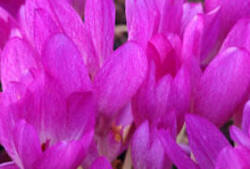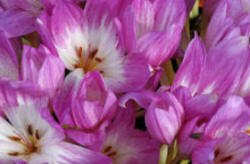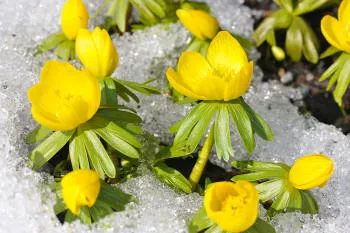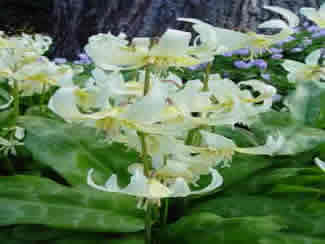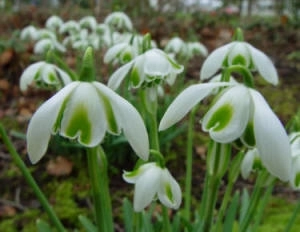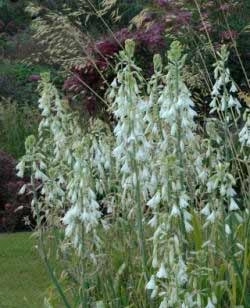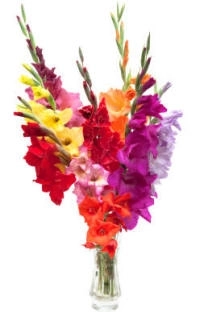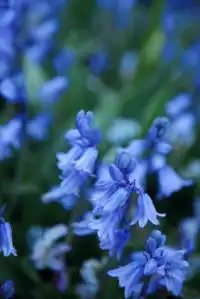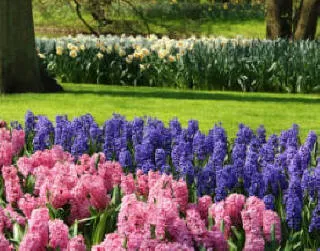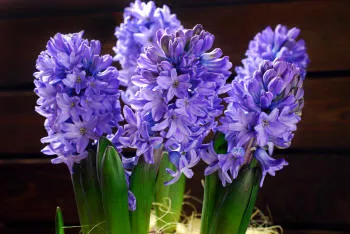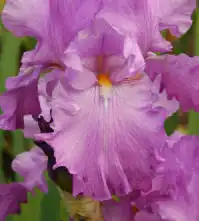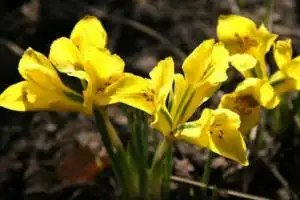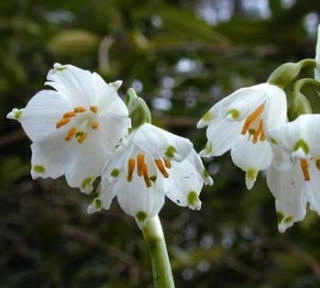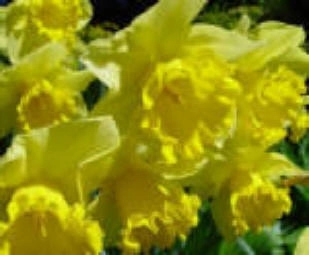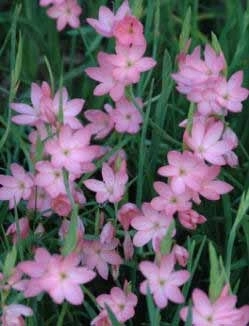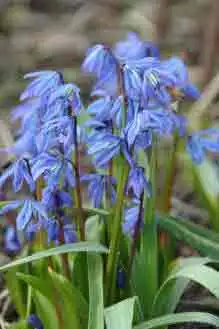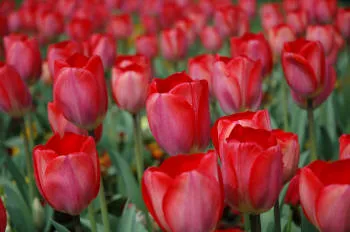Colchicum 'Beaconsfield' is a hardy variety, which responds well to naturalising under shrubs.
A group of Autumn flowering plants, normally known as bulbs but they are actually corms, the Autumn crocus - Colchicum autumnale - are good for early autumn colour in the garden. They are also known as Saffron Crocus, or Meadow Saffron and are especially suited to planting under trees or shrubs in the shrub border.
Colchicum autumnalis flowers Beaconsfield
The flowering season for Colchicum Autumn Crocus is early autumn / winter. The flowers which are borne on naked plants with no foliage - hence the nick name 'Naked Ladies' - are then followed by large green leaves - not unlike a Cos lettuce!
- All parts of the Colchicum are highly toxic if eaten, and medical advice should be sought immediately. The symptoms are similar to Arsenic Poisoning. However, a herbal treatment is derived from the Autumn Saffron - Cochicine. This has long been prescribed for the treatment of Gout, and is still prescribed thus - even though there are concerns about the toxicity of the plant extracts. Nowadays, there is extensive research being carried out in relation to its effects on either preventing are treating various cancers.
